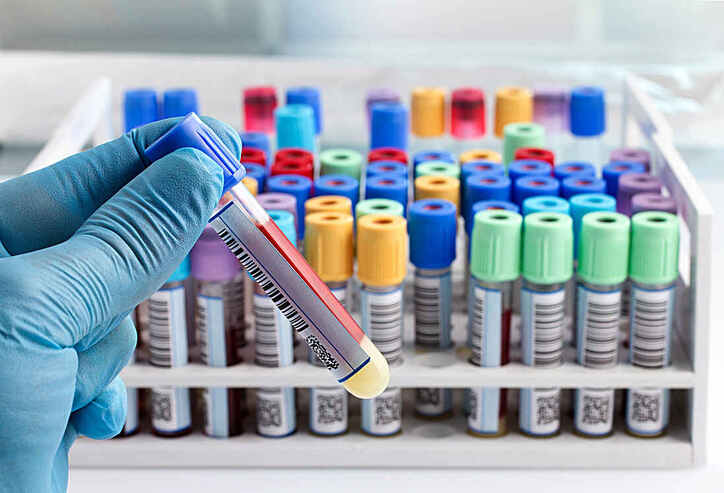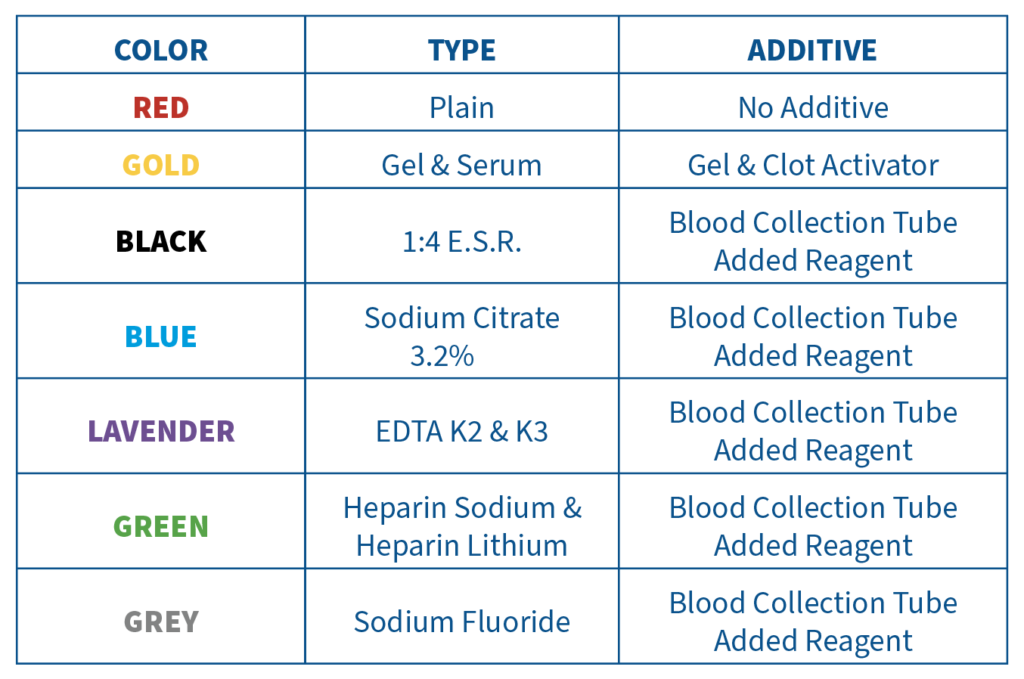Medical Devices
Severna Health concentrates on high volume disposable medical devices. With multiple manufacturer direct partnerships, Severna Health focusses primarily in specimen processing, sterile water & saline products to include IV solutions. While Severna Health carries inventory on a selective product set, Severna Health can source a diverse product set of disposable and durable medical devices upon request. Contact us for more information.
Sterile Water and Saline Products
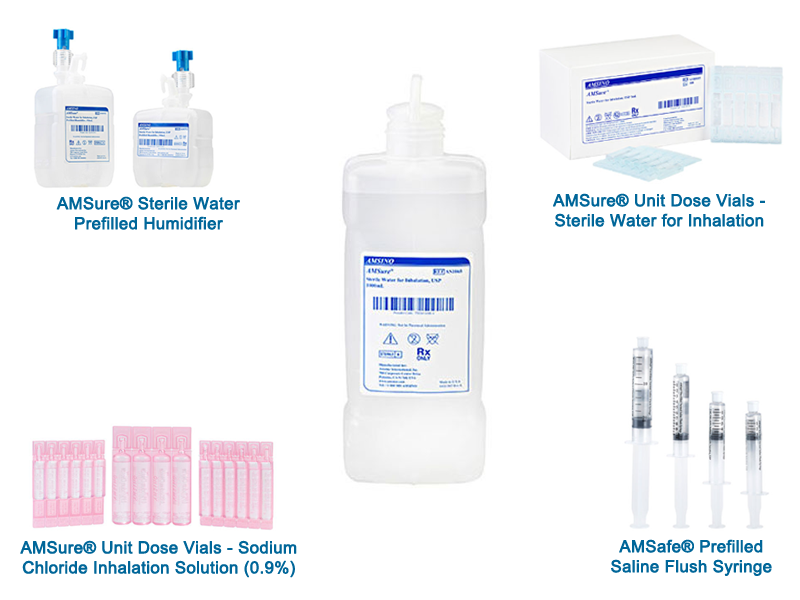
Sterile water and saline products are essential medical solutions used in various healthcare settings for a wide range of purposes. Here’s some information about sterile water and saline products:
Sterile Water
- Sterility: Sterile water is free from microorganisms and contaminants, ensuring its safety for medical use.
- Applications: It is commonly used for wound irrigation, diluting medications or solutions, and reconstituting powdered medications for injection.
- Packaging: Sterile water is available in various sizes and packaging options, such as single-use vials or ampules, ensuring convenience and minimizing the risk of contamination.
Saline Solution
- Composition: Saline solution is a sterile mixture of water and salt (sodium chloride) in specific concentrations, mimicking the salt content of the body’s fluids.
- Isotonicity: Saline solutions are isotonic, meaning they have the same osmolarity as bodily fluids, minimizing cell damage and maintaining fluid balance.
- Applications: Saline solution has numerous medical uses, including wound cleansing, nasal irrigation, inhalation therapy, intravenous fluid administration, and as a vehicle for medication delivery.
- Variations: Saline solutions can come in different concentrations, such as 0.9% (normal saline), 0.45% (half-strength saline), or 3% hypertonic saline, each serving specific purposes based on clinical needs.
Specimen Collection
Evacuated Blood Collection Tubes
Blood collection tubes are specialized medical devices used to collect and preserve blood samples for laboratory testing. Here’s some important information about blood collection tubes:
Types of Tubes
- Red-top Tubes: These tubes are used for serum collection. They do not contain any additives or anticoagulants and are used for tests that require clotting of blood before separating serum.
- Lavender-top Tubes: These tubes contain the anticoagulant EDTA (Ethylenediaminetetraacetic acid) and are used for hematology tests, such as complete blood count (CBC) and blood cell analysis.
- Blue-top Tubes: These tubes contain sodium citrate as an anticoagulant and are used for coagulation tests, such as prothrombin time (PT) and activated partial thromboplastin time (APTT).
- Green-top Tubes: These tubes contain heparin as an anticoagulant and are used for tests requiring plasma, such as electrolyte analysis and arterial blood gas (ABG) testing.
- Gray-top Tubes: These tubes contain additives like sodium fluoride and potassium oxalate, or sodium fluoride alone. They are used for glucose and lactate testing.
- Tube Labeling: Each blood collection tube must be properly labeled with patient identification details, such as name, date of birth, and unique identifiers, to ensure accurate specimen identification and prevent mix-ups.
- Order of Draw: Following a specific order of draw is essential to minimize the risk of cross-contamination between tubes. This order may vary depending on the testing requirements but generally follows a sequence to avoid carryover of additives or anticoagulants.
- Sterility and Aseptic Technique: Maintaining a sterile and aseptic technique during blood collection is vital to prevent contamination of the sample. This involves proper hand hygiene, use of sterile gloves, and disinfection of the venipuncture site.
- Safety Features: Some blood collection tubes incorporate safety features to minimize the risk of needlestick injuries, such as retractable needles, shielded holders, or capped tubes with needle-piercing mechanisms.
Safety Blood Collection Set
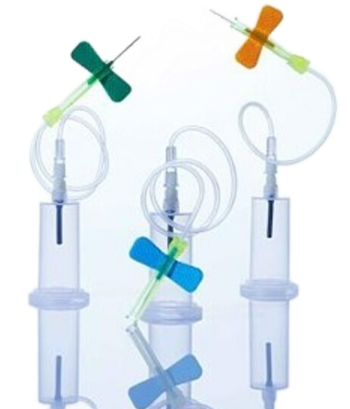
A safety blood collection set, also known as a safety blood collection device or safety needle, is a specialized medical device used for the collection of blood samples while prioritizing healthcare worker safety. It incorporates various safety features to minimize the risk of needlestick injuries and exposure to bloodborne pathogens. Here are some key features and information about safety blood collection sets:
- Needle Safety Mechanism: Safety blood collection sets are equipped with a safety mechanism that helps protect the healthcare worker from accidental needlestick injuries. This mechanism is typically activated automatically or manually after the blood collection process, retracting or shielding the needle to prevent further exposure.
- Retractable Needles: Many safety blood collection sets have retractable needles that retract into the device’s housing or a protective shield. This reduces the risk of accidental needlesticks and helps contain the used needle safely within the device.
- Shielded Needle Holders: Some safety blood collection sets feature needle holders with built-in shields or covers. These shields can be activated after blood collection, covering the needle and minimizing the risk of accidental needlesticks.
- Single-Hand Activation: Safety blood collection sets often allow for single-hand activation of the safety mechanism. This enables healthcare workers to activate the safety feature with ease and convenience while maintaining control of the device and the collected blood sample.
- Compliance with Needlestick Safety Guidelines: Safety blood collection sets are designed to comply with established needlestick safety guidelines and regulations, such as those issued by organizations like the Occupational Safety and Health Administration (OSHA) and the Centers for Disease Control and Prevention (CDC).
Urine Collection Systems
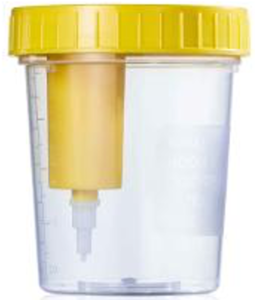

A urine collection container is a medical device specifically designed for the collection and storage of urine samples. It is used to collect a patient’s urine for various diagnostic tests, such as urinalysis, urine culture, drug screening, and pregnancy tests.
Urine collection containers come in different sizes and designs but typically share some common features:
- Sterile Container: Urine collection containers are manufactured under sterile conditions to maintain the integrity of the sample and prevent contamination.
- Leak-proof Seal: These containers have a secure seal or cap to prevent any leakage or spillage during collection, transport, and storage.
- Graduated Measurement Markings: Most urine collection containers have clear measurement markings on the side, allowing healthcare professionals to accurately measure the volume of urine collected.
- Wide Mouth Opening: The container usually has a wide mouth opening to facilitate easy and convenient urine collection. This design minimizes spillage and allows for easy pouring of the urine sample into smaller tubes for further testing if needed.
- Labeling Area: Many urine collection containers include a designated space for labeling patient identification details, such as name, date, and other relevant information. This ensures proper sample identification and traceability.

